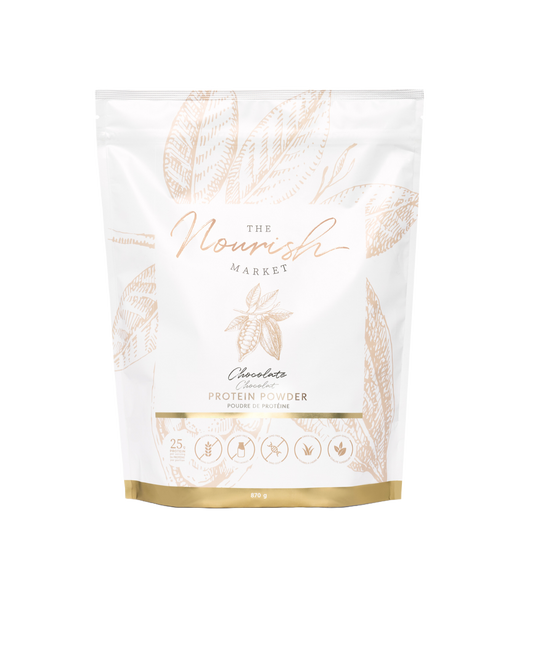In the ongoing discourse surrounding grass-fed and grain-fed meats, the focus on health benefits, environmental consequences, and ethical considerations has intensified. A pivotal aspect of this discussion is the protein content of these meats. Are there notable differences in the protein profiles of grass-fed and grain-fed options, and should consumers be wary of potential drawbacks? This article will dissect the nutritional aspects of both, shedding light on the advantages and potential pitfalls to guide informed choices about protein sources.
The Grass-Fed Edge:
-
Nutrient-Packed Composition: Grass-fed meats have earned acclaim for their nutrient-dense composition. These animals graze on natural vegetation, yielding meat rich in essential nutrients such as omega-3 fatty acids, antioxidants, and vitamins. Our Grass-Fed Beef Protein Powder has a complete amino acid profile.
-
Amplified Omega-3 Presence: Grass-fed meats typically boast elevated levels of omega-3 fatty acids in comparison to their grain-fed counterparts. These essential fats play a crucial role in heart health, cognitive function, and mitigating inflammation within the body.
-
Trimmed Saturated Fat: Grass-fed meats often contain lower levels of saturated fat, a key contributor to various health issues when consumed excessively. Opting for grass-fed choices may be a prudent move for those aiming to uphold a heart-healthy diet.
The Grain-Fed Perspective:
-
Uniformity at a Cost: Grain-fed meats, while consistently available and often more budget-friendly due to efficient mass production, come at a cost. The regular feeding regimen leads to predictable growth rates, but some argue that it compromises the nutritional diversity of the final product.
-
Potential for Protein, but at a Price: While the protein content in both types of meat is generally comparable, critics posit that grain-fed meats might have a slightly higher protein concentration. However, this potential advantage comes with ethical and health considerations, such as the use of antibiotics and growth hormones in conventional farming.
Considering Ethical and Environmental Ramifications:
-
Environmental Consequences: Beyond nutritional considerations, the environmental impact of meat production is a critical factor. Grass-fed farming is often championed as more sustainable, as it involves less intensive land use, reduced synthetic input, and a positive contribution to natural ecosystems.
-
Ethical Scrutiny: Advocates for grass-fed meats underscore the more natural and humane life that pasture-raised animals enjoy compared to their counterparts confined in feedlots. The efficiency of grain-fed production is lauded by some, but critics argue that it often comes at the expense of animal welfare.
Conclusion:
In the ongoing protein puzzle of grass-fed vs. grain-fed, there is no one-size-fits-all solution. The decision between these options hinges on various factors, including individual health objectives, ethical considerations, and environmental mindfulness. While both grass-fed and grain-fed meats can find a place in a diet, consumers should be aware of potential drawbacks associated with grain-fed protein sources. By staying informed about production methods, nutritional profiles, and overall impact, individuals can make choices that align with their values and contribute to their well-being and the health of the planet.
If you're looking to introduce a grass-fed beef protein powder to your diet, our All-Natural Grass-Fed Beef Protein Powder is the best option available. It is sourced from the highest quality Grass-fed Beef Protein Isolate, and has been thoughtfully crafted from just 5 simple ingredients. Give it a try today and see why more people are making the switch to grass-fed beef protein.







